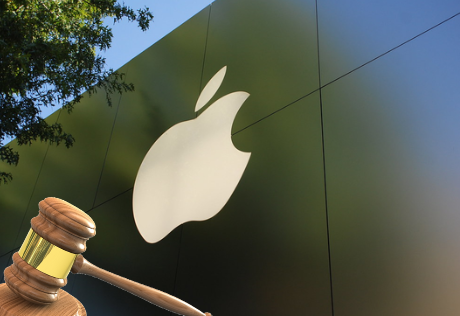Blockchain technology has the potential to counteract cybercrime
With cybercrime on the rise, blockchain technology could be the solution we need. A blockchain is a decentralized, digital ledger of transactions that uses cryptography to record and validate transactions. Each transaction is added to a “block,” which is then added to a “chain” of blocks, creating a permanent and unchangeable record of all transactions. This makes blockchains extremely secure and resistant to tampering.
One of the most well-known applications of blockchains is in the creation of cryptocurrencies, such as Bitcoin. In a cryptocurrency system, users can transfer funds to each other directly, without the need for a central authority such as a bank. Transactions are recorded on the blockchain, allowing anyone to verify the accuracy of the ledger.
However, blockchains have many other potential uses beyond cryptocurrency. For example, they can be used to create secure and transparent voting systems, supply chain management systems, and even to track the ownership and movement of physical assets such as real estate or art.
One of the key advantages of blockchains is that they are decentralized, meaning that they are not controlled by any single entity. This makes them resistant to censorship and manipulation, as there is no central point of failure that can be targeted. It also means that blockchains are highly resilient, as they can continue to operate even if some of the computers that make up the network go offline.
Another advantage of blockchains is their transparency. Transactions on a blockchain are open for anyone to see, making it difficult for parties to engage in fraudulent or illicit activity without being detected. This transparency can also help build trust between parties, as it allows for a clear record of all interactions. However, this has in the past led to its usage for illegal purchases.
“There’s a stigma around blockchains that they’re only used for sketchy online purchases, and that takes people’s attention away from any possible good it could do,” said computer engineer John Gaffney.
There are also some challenges to the widespread adoption of blockchains. One of the main challenges is scalability, as the size of the blockchain can grow quickly and may require significant computational power to maintain. There is also the issue of regulation, as governments and other organizations are still trying to understand and come to terms with the potential uses and implications of blockchains.
“The more popular it becomes, the more secure it becomes,” said senior Moiz Chaudry. “But right now there’s no laws in place or insurance to protect you if something happens, so if you lose thousands of dollars it’s just gone.”
Despite these challenges, the potential uses and benefits of blockchains are vast and varied. As the technology continues to evolve and mature, it is likely that we will see more real-world applications of blockchains in a variety of industries.

Declan is a senior in the Humanities program and this is his first year with The Pulse. At Poolesville, he is on the Cross Country and Track and Field...










